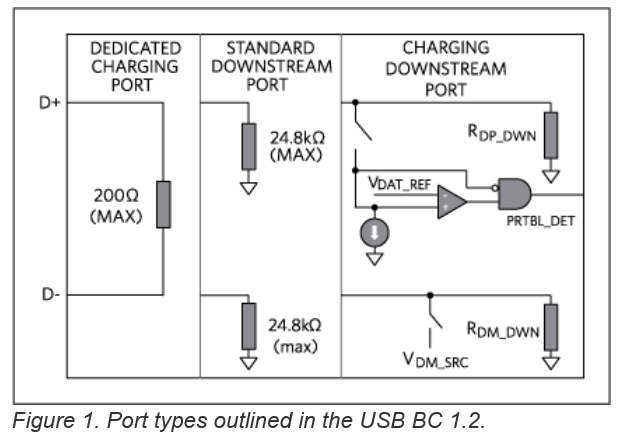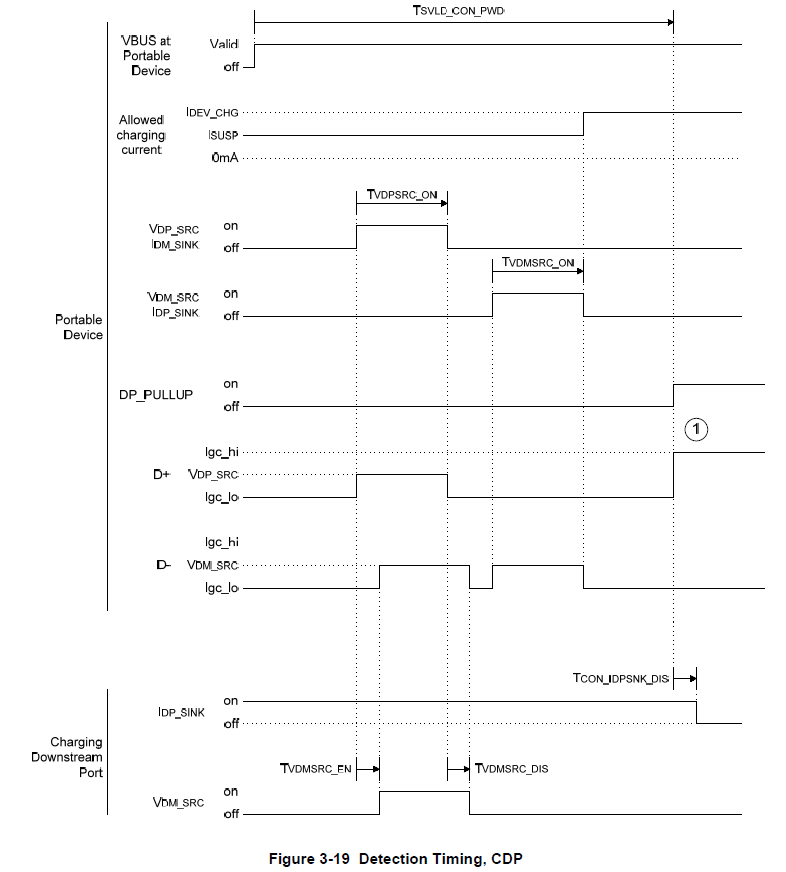Hi,Team:
Can you help to advise how to do high current charge without iAP authentication chipset when connect to iPhone?
My understanding TPS2549 can support this with out data line connection to CPU but in customer application, they still need the data connection for U-disk function.
Need special command from CPU to iPhone?



